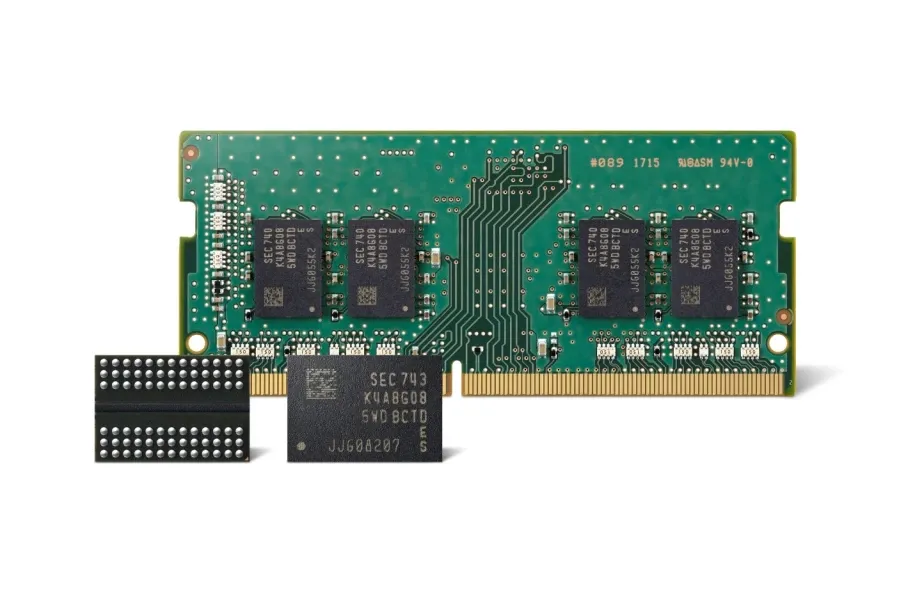Meta Announced Its New AI Chip
Meta Platforms unveiled the second generation of its Meta Training and Inference Accelerator (MTIA) AI chip.

Samsung announced that it has begun mass producing the industry’s first 2nd-generation of 10-nanometer class, 8-gigabit DDR4 DRAM. For use in a wide range of next-generation computing systems, the new 8Gb DDR4 features the highest performance and energy efficiency for an 8Gb DRAM chip, as well as the smallest dimensions.
2nd-generation 10nm-class 8Gb DDR4 features an approximate 30 percent productivity gain over its predecessor. In addition, the new 8Gb DDR4’s performance levels and energy efficiency have been improved about 10 and 15 percent respectively, thanks to the use of an advanced, proprietary circuit design technology. The new DDR4 can operate at 3,600 megabits per second per pin.
To enable these achievements, Samsung has applied new technologies, without the use of an EUV process. The innovation here includes use of a high-sensitivity cell data sensing system and a progressive “air spacer“ scheme. In the cells of Samsung’s DRAM, a newly devised data sensing system enables a more accurate determination of the data stored in each cell, which leads to a significant increase in the level of circuit integration and manufacturing productivity.
With these advancements, Samsung is now accelerating its plans for much faster introductions of next-generation DRAM chips and systems, including DDR5, HBM3, LPDDR5 and GDDR6, for use in enterprise servers, mobile devices, supercomputers, HPC systems and high-speed graphics cards.
Samsung has finished validating its 2nd-generation 10nm-class DDR4 modules with CPU manufacturers, and next plans to work closely with its global IT customers in the development of more efficient next-generation computing systems. In addition, the company expects to not only rapidly increase the production volume of the 2nd-generation 10nm-class DRAM lineups, but also to manufacture more of its mainstream 1st-generation chips, which together will meet the growing demands for DRAM in premium electronic systems worldwide.